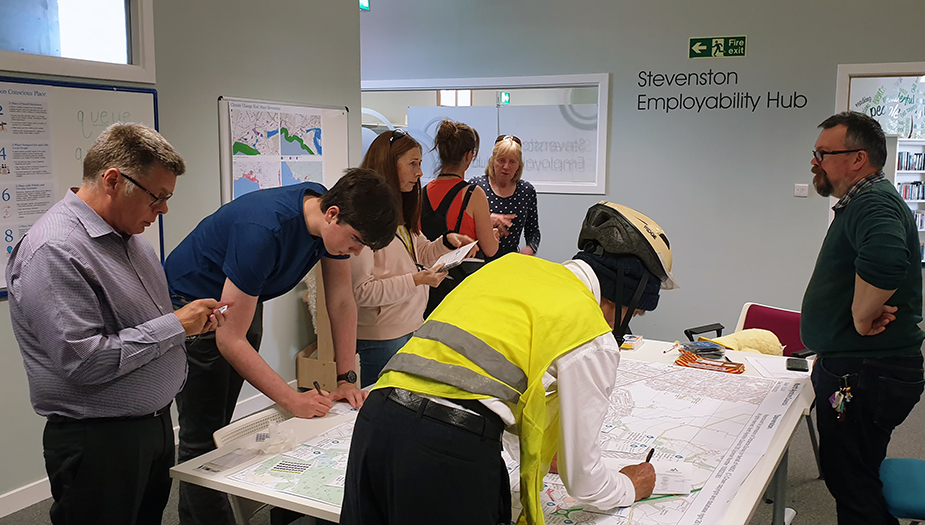(August 2023) Architecture and Design Scotland shares insight into the benefits of community engagement for the future of architecture and planning of Scotland’s places.
Setting people at the heart of our plans and places is critical — particularly when there is a need to facilitate everyday behaviour changes to live more sustainable, healthier and lower-carbon lives.
Community engagement is a vital element of successful architecture and planning projects, for the public and private sector.
This is especially true where it is crucial for creating a more vibrant and engaged community, increasing participation in decision-making and delivering places that meets people’s needs.
And at Architecture and Design Scotland, we know how important it is to engage communities when applying a whole-place collaborative approach to designing and delivering Scotland’s places, as set out in our commitment to the Place Principle.
In this article, we explore the significance of community engagement in architecture and planning, and the benefits it can provide for both the community and the professionals involved.
Creating a more vibrant and engaged community
When people actively participate in planning and designing their places, it instils a sense of pride, ownership and trust.
When communities are actively asked to take part in the decisions that affect their place it can help increase their sense of belonging, which can then lead to the development of a stronger social cohesion in our Scottish cities, towns and neighbourhoods.
People have unique experiences and knowledge of how their place functions day and night, offering valuable information and insight. They are more likely to invest time and effort in maintaining and nurturing places they have been involved in creating, which can lead to better-maintained neighbourhoods and reduced anti-social behaviour.
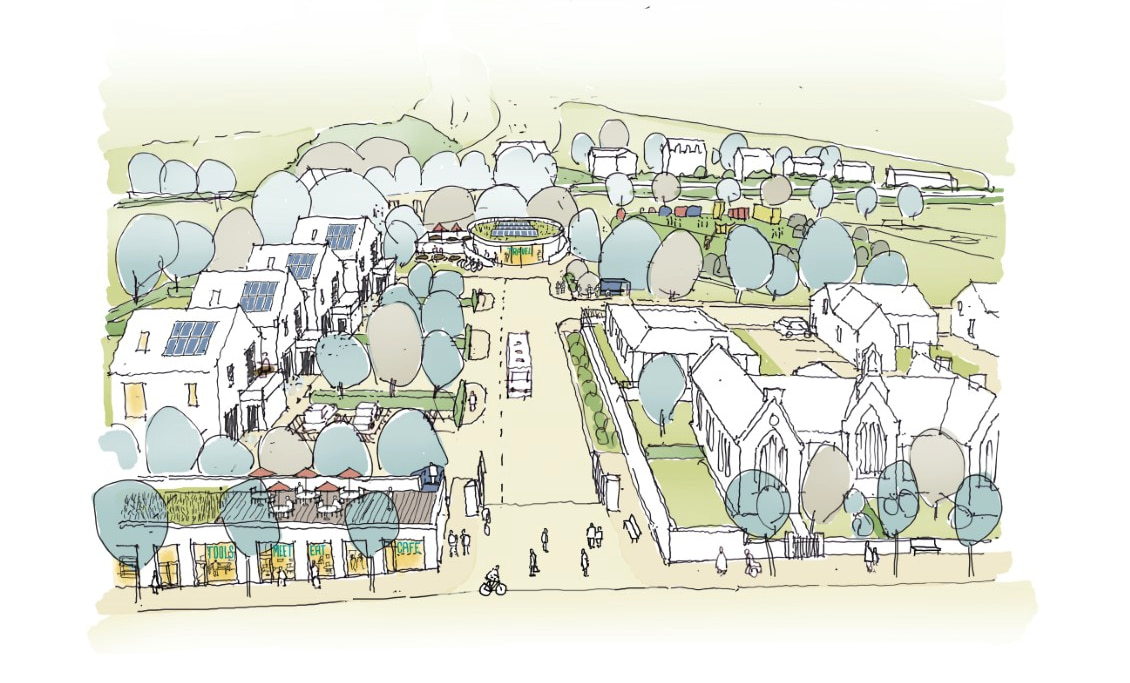
Alva pathfinder pilot project
In Alva, we worked with Clackmannanshire Council to apply a whole-place collaborative approach in exploring potential opportunities for regenerating the town centre.
By opening up engagement with the council, planning, housing, community groups and Scottish Futures Trust we were able to establish the community’s needs, map the town’s issues and set priorities to focus on in regenerating the town centre.
You can read more about the lessons learned one year on from the project here.
Increasing participation in decision-making
Involving people in the decision-making processes from the outset of a project fosters transparency and helps build up trust between architects, planners, and residents.
Community engagement empowers individuals to voice their opinions and concerns about proposed projects.
It provides a platform to hear local voices, ensuring that decisions are not solely driven by external interests but also reflect the needs and ambitions of the people who call the community home.
Open communication channels allow professionals and planners to explain the reasoning behind their designs and active dialogue between parties can help address any concerns raised by people and the community.
This transparent approach creates a more cooperative environment, reducing the likelihood of conflicts arising during the development process and resulting in higher acceptance rates with smoother implementation.
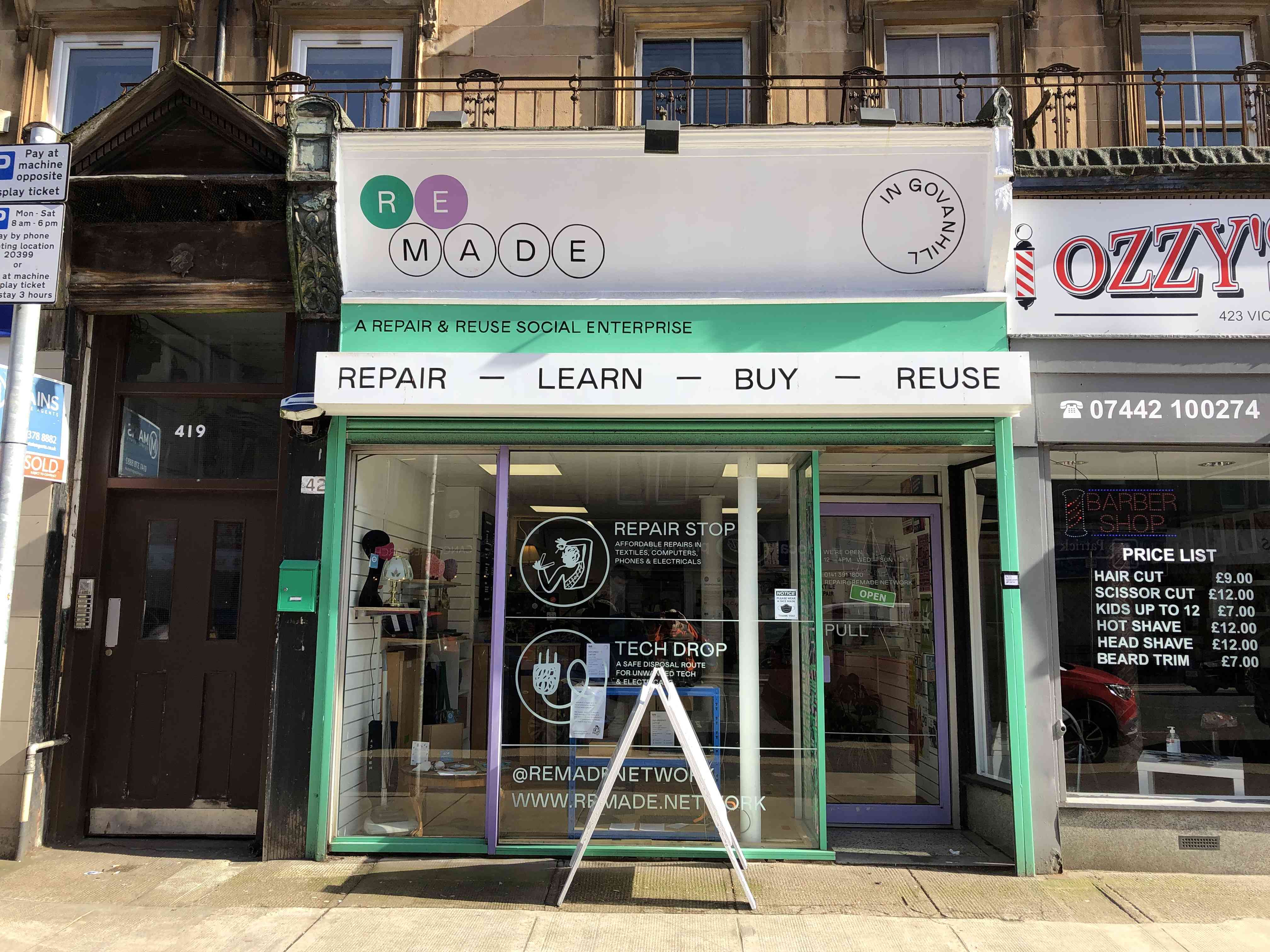
Glasgow South Central
In Glasgow, we worked with Glasgow City Council and involved community groups in its plans to improve the city’s South Central neighbourhoods.
By using the Place Standard tool, the council was able to involve community organisations such as South Seeds, The Pollokshields Trust, The Strathbungo Society and others to build on local knowledge and identify people’s needs for its local place plans.
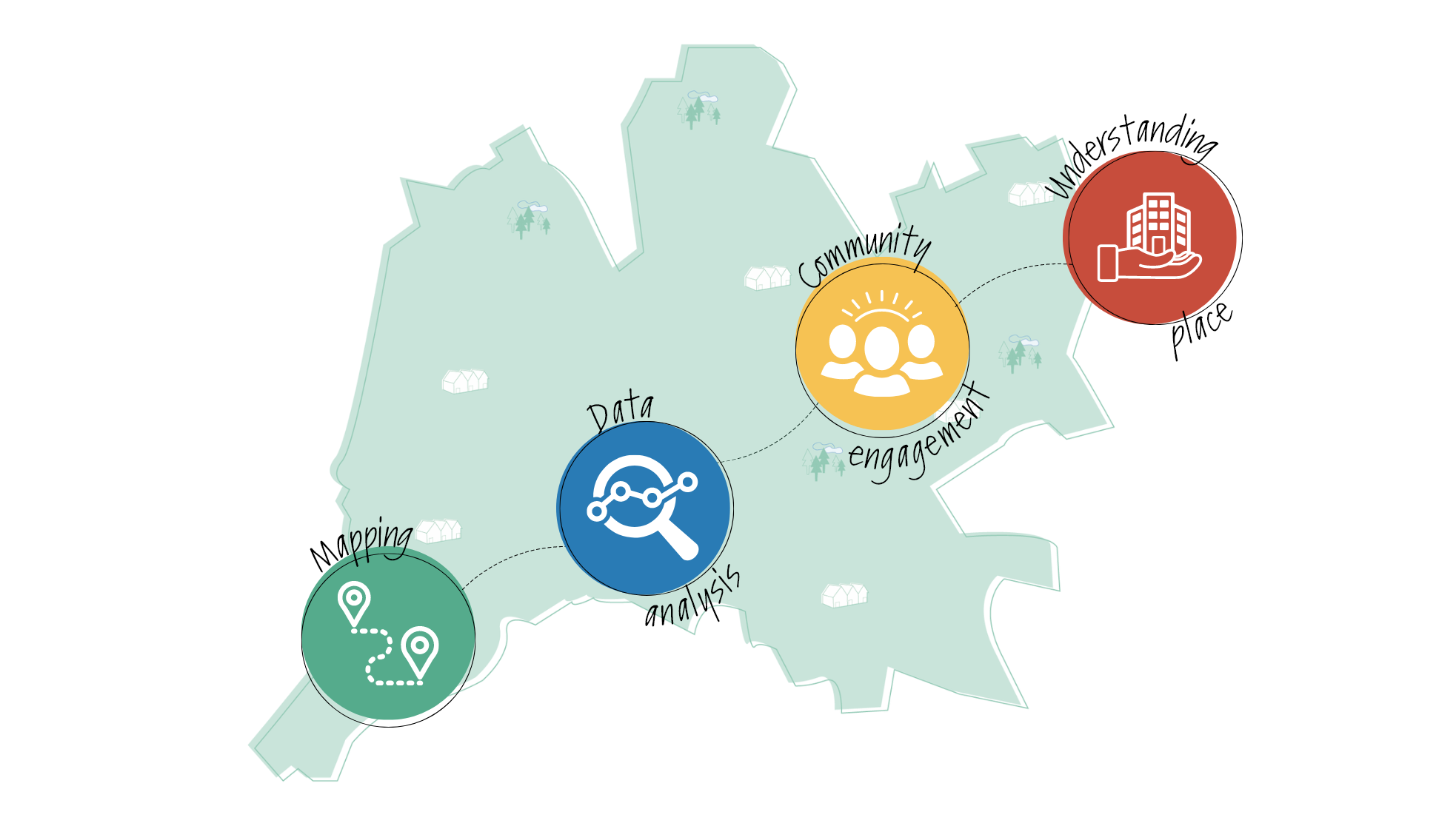
Stewarton
In Stewarton, we supported East Ayrshire Council to explore the principles of a 20-minute neighbourhood to address concerns over its current infrastructure. By using the Place Standard with a Climate Lens in a workshop with local residents, we were able to gain first hand insight into their aspirations for better walking and cycling routes.
The feedback from the workshop has now been added to an action plan that informs a ‘checklist for future interventions’ needed for the town.
Designing places that reflect people’s needs
Community engagement fosters a collaborative approach to architecture and planning, enabling professionals to design and deliver places that meet people’s diverse needs.
A participatory approach to the design process allows architects, planners and designers to gain insight into the everyday challenges faced by people, leading to innovative solutions that enhance the overall quality of life.
By involving people in the design process, we can ensure that our places are appropriate and inclusive, accommodating the needs of all community members, including those with disabilities or special education needs and for the ageing population.
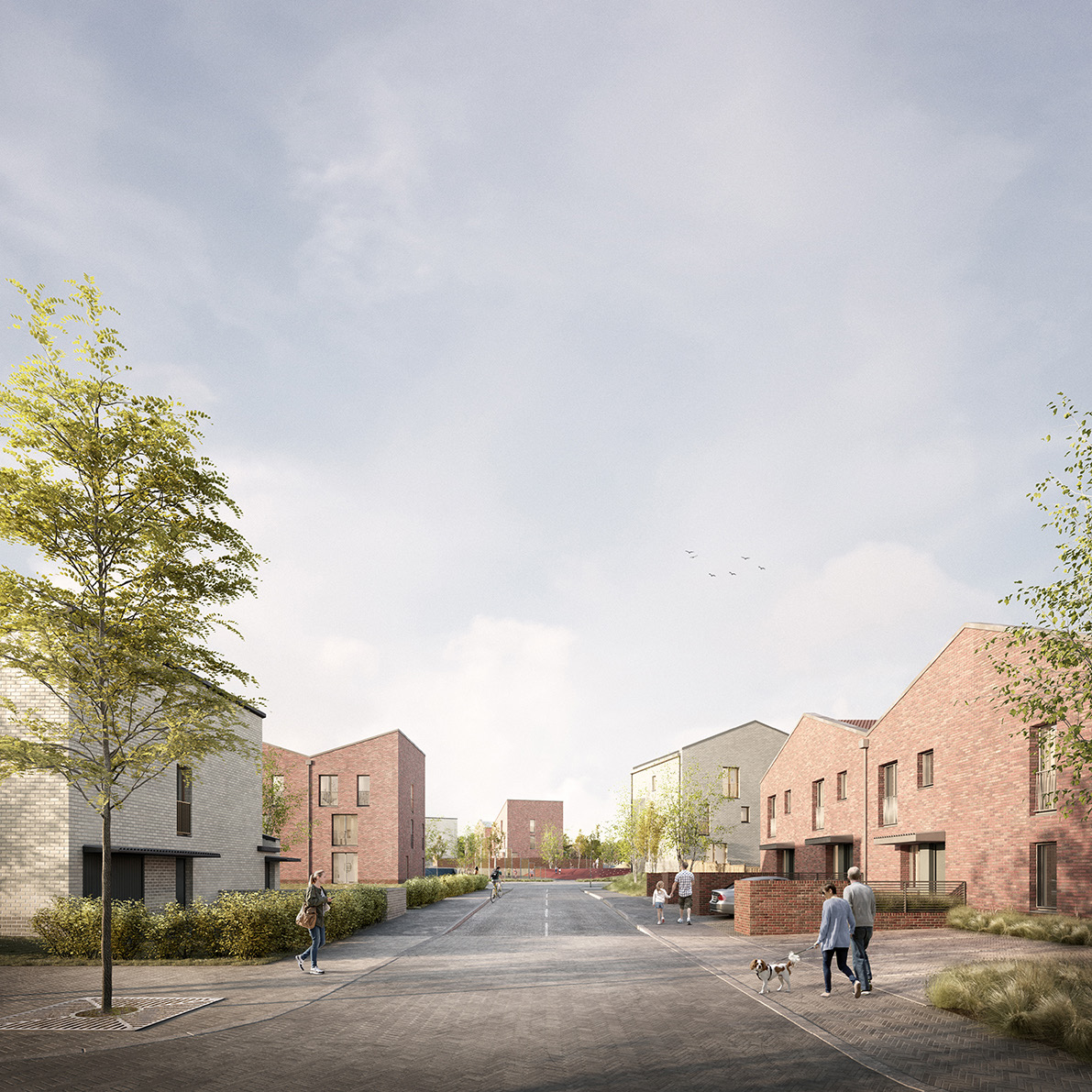
Fraser Avenue in Inverkeithing
In the Fraser Avenue neighbourhood in Inverkeithing, an important project aim was to involve community representative and returning tenants, in the design and decision-making process.
The project team (Kingdom Housing Association, 7N Architects and Fife council), aimed to create a new neighbourhood of high-quality, affordable housing which addresses the social side of regeneration.
By involving the community representatives and returning tenants in the design process, the project team were able to deliver housing that provided positive changes to people’s lives such as improving health, wellbeing and finances and social cohesion within the area.
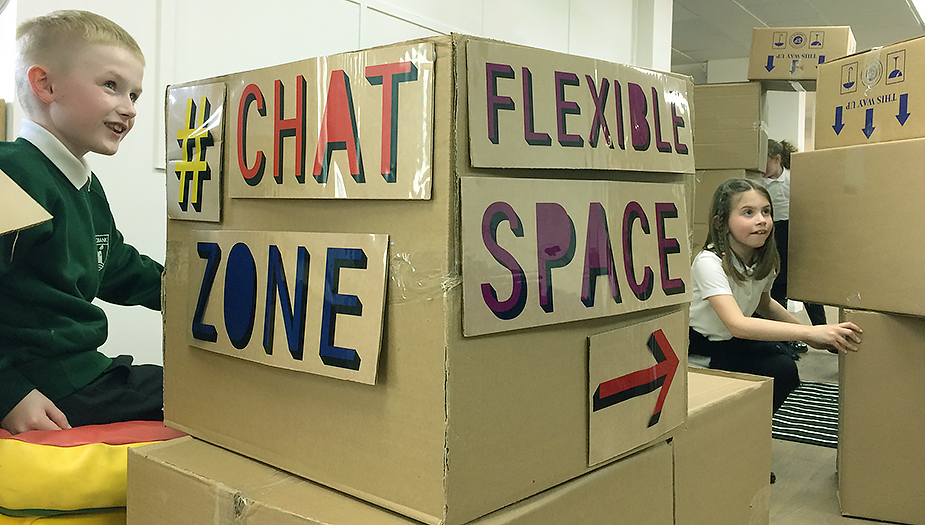
Co-designing our learning estates
Our work with learning estates has taught us the benefits of working collaboratively with those who invest, study and teach on learning estate grounds for the benefit of enhancing the quality of learning.
In Craigbank Primary for example, we brought together teachers and learners in series of shared meetings, workshops and in-person prototyping sessions to identify their needs by using the Tests of Change process.
Once the school’s renovations were completed based on the needs identified, the teachers saw a positive change in the school’s teaching practice and pupil’s learning experience.
Prioritising co-creation in our work
Community engagement in architecture and planning can be a catalyst for positive change. That is why we, at Architecture and Design Scotland, are committed to the Place Principle.
The principle is an approach that asks all those responsible for providing services and looking after assets in a place to work and plan together with local communities to create places that are sustainable, inclusive and reflect the aspirations of those who live there.
The benefits of this participatory approach to architecture and planning extend beyond the completion of individual projects. They foster social cohesion, empower local voices, and build trust between those who live and shape our places.
Practical considerations for community engagement
When planning for community engagement, it is important to remember that the effectiveness of the tools you use can vary depending on a community’s characteristic and preference. You should always tailor your approach to participation to your engagement outcome.
If you are in the process of starting a community engagement exercise for your project, you can look at the below to help you get started.
National Standards for Community Engagement
Developed by the Scottish Community Development Centre (SCDC), the seven National Standards for Community Engagement provides public sector bodies, third sector organisations, community groups and private sector organisations with what good engagement looks like and how to do it.
These standards provide a good starting point to set the foundations for your next project that requires community engagement.
Place Standard Tool
Developed by the Place Standard partners, the Place Standard tool provides a framework to structure conversations around place. The tool can help to determine assets and find areas of improvement.
There are currently five variations of the tool on the website, which focuses on areas such as climate, children and young people, design and air quality.
The website also includes case studies and examples of different projects that have successfully adopted a participatory approach to architecture and planning.
Header image: The community of Stevenston map the town as a Carbon Conscious Place as part of Climate Action Towns.
The Place Principle in 30 seconds
Watch our video to gain a better understanding of what the Place Principle means and why we are committed to this way of working to deliver Scotland’s places.

